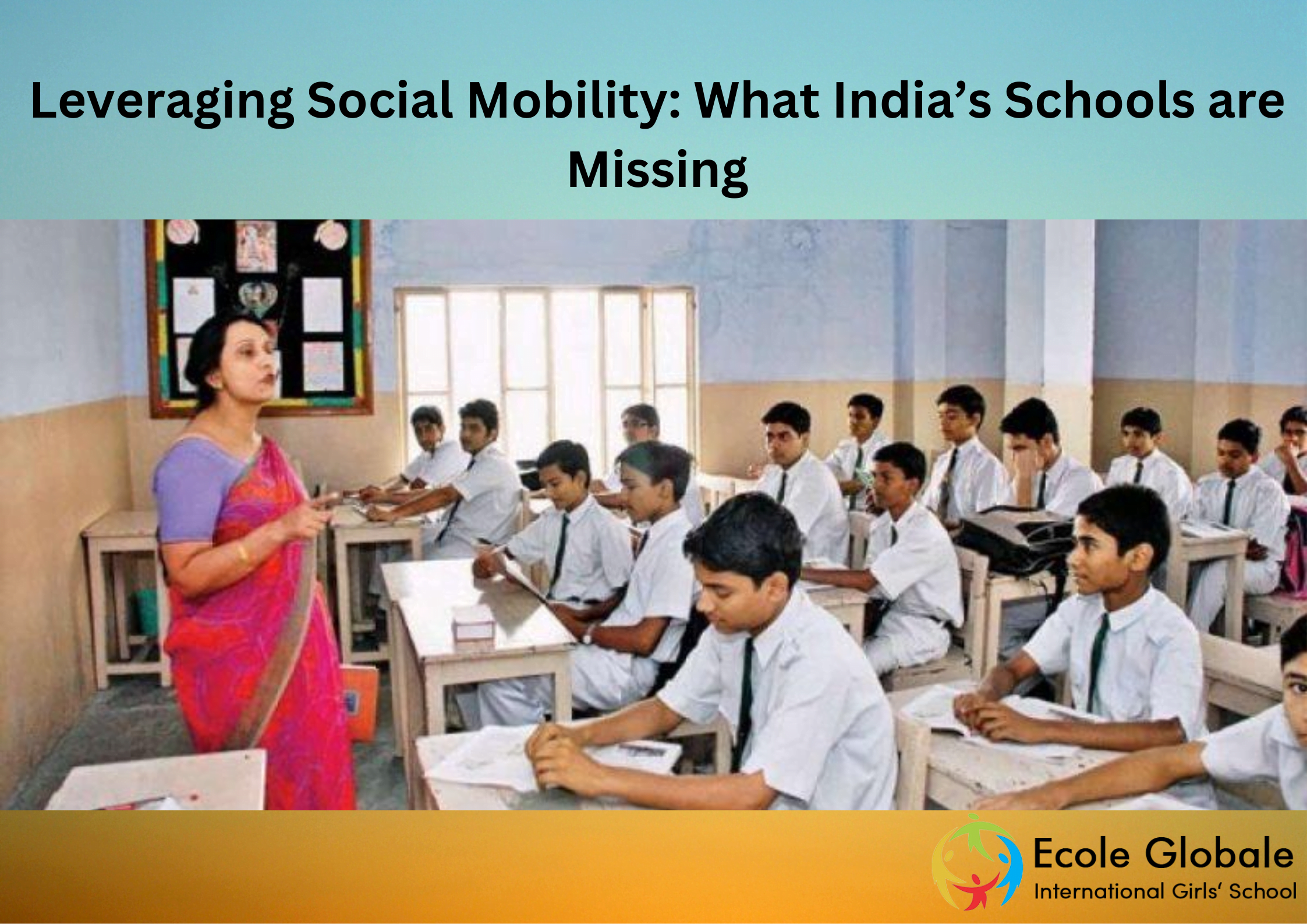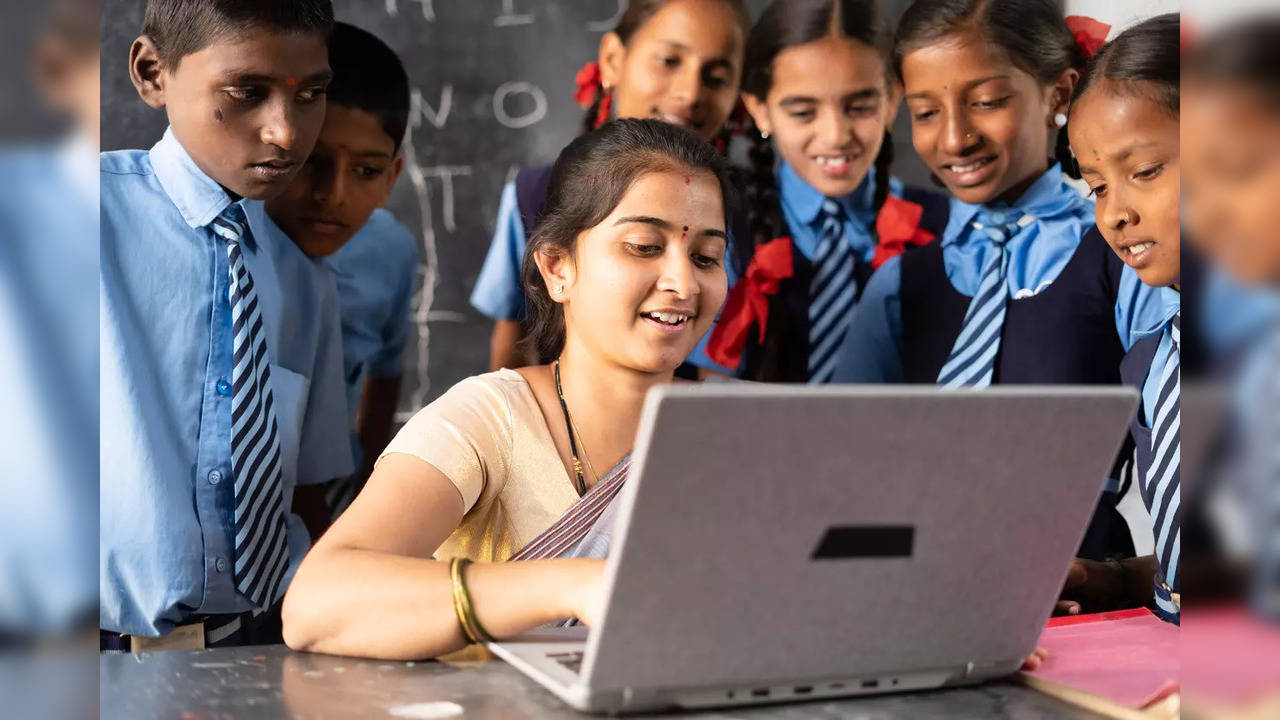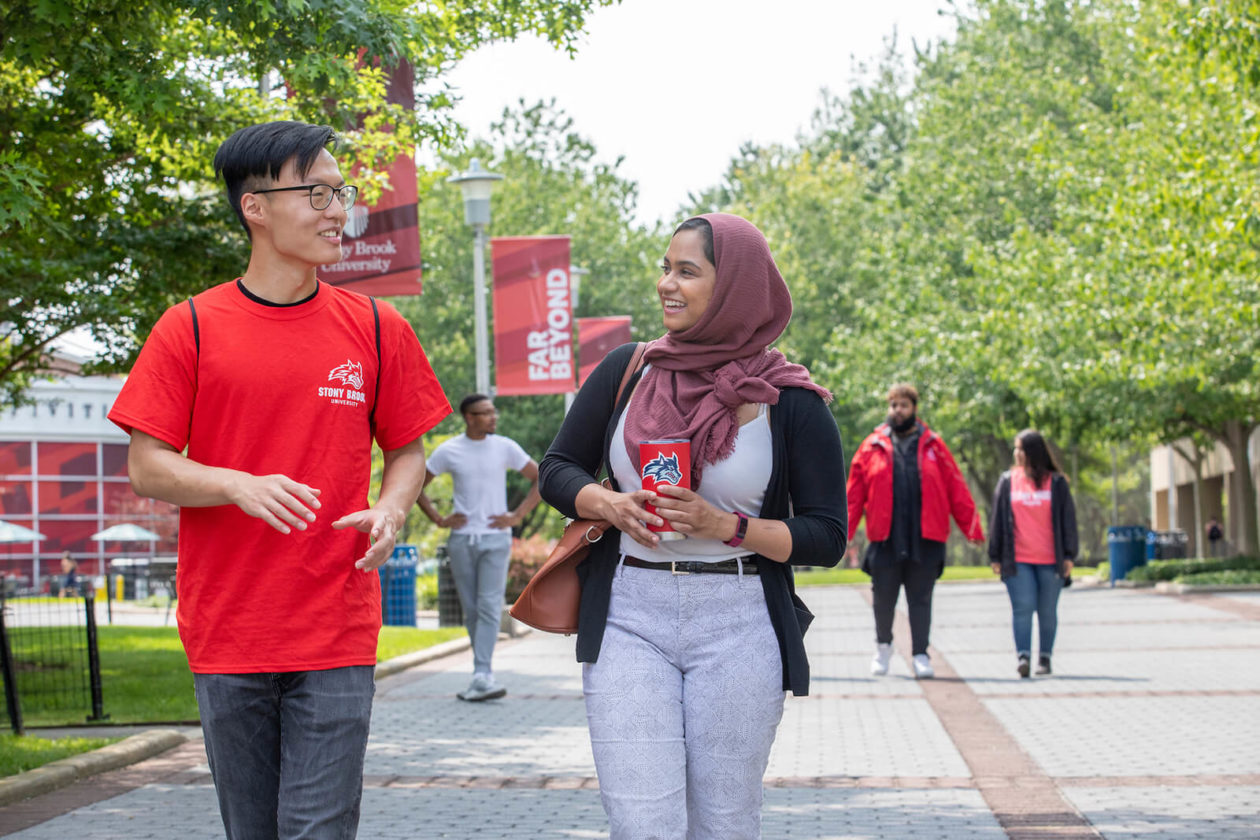The missing piece of the Indian education system that is critical for the development of our youth is Social Mobility. Developing a sense of pride, passion, and civic consciousness at a young age has never been more crucial. It is something that the Indian education system lacks.
What does it take to help an entire nation rise past the chains of its history? For India, the answer lies within its schools. An economy and society can only prosper when every man, woman and child has a chance. But how can this happen in a country where success is defined by how much you make and where you get it, rather than how much you give back?
Social Mobility
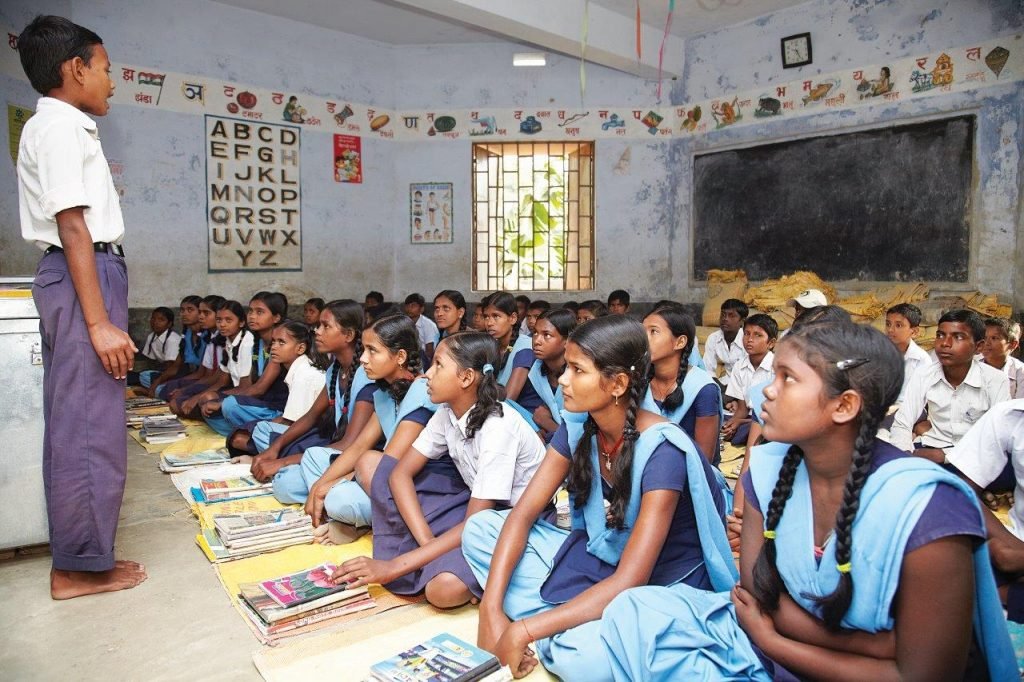
A concept that points to the freedom of individuals to rise up and out of their circumstances so they can make the life they want. Examples of social mobility include better jobs, better education, and better housing.
As per Research conducted by Boarding Schools in Dehradun, Social mobility is the movement of individuals, families, households or other categories of people from one social stratum to another. This change can be relative (within a society) or absolute (between societies). The idea of social mobility is fundamental to human societies.
Social Mobility in India
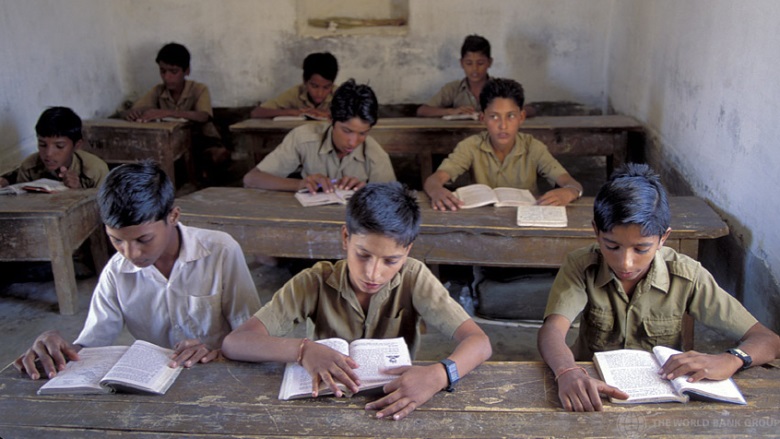
India is a country of great contrasts. While it has achieved economic growth rates that are the envy of the world, social mobility remains low. India is still a caste-based society and markers such as caste, religion, and language are still strong determinants of social status.
In fact, according to a recent report by the World Bank, India has one of the highest levels of income inequality among developing countries. It is in contrast to what we find in developed countries like the US or the UK, where meritocracy is more prevalent and people can move up through their efforts and hard work.
Social mobility has been slowing down because of two main reasons — the increase in inequality and the decline in equal economic opportunities or access to resources. Social mobility is a way for people to gain skills, education and jobs which can move them up the social ladder, thereby improving their quality of life.
Education and Social Mobility

In the 21st century, education is increasingly seen as a tool for social climbing. Current research on social mobility suggests that people can gain upward social mobility only if they have access to better education and better-paid jobs. It holds across all countries but more so for developing countries. Additionally, studies have shown a positive link between education levels, urbanisation, and industrialisation and higher rates of intergenerational mobility.
Education Important For The Development Of India, The Indian education system can be improved to help increase social mobility and provide equal opportunities for all children across India. One of the recognised drivers of social mobility is the opportunity for education and good-quality schooling. Work opportunities take a backseat as the primary need for a higher rate of social mobility is quality education.
Improving Access to Education
The Indian education system is designed to maintain class and caste hierarchies.
A robust effort is required to transform Indian schools.
- To address the problems faced by children born into families with low parental education and low-family income levels, schemes and measures for social protection must be delivered in a way that takes into account individual circumstances.
- Efficient measurement of poverty in a smaller area as well as measurements that take into account multiple factors (such as access to clean water or healthcare) and gather input from a broad swath of society. Providing governments with a realistic vision of social mobility for marginalised populations may be an important step in promoting participatory and inclusive processes.
Improving the quality of education
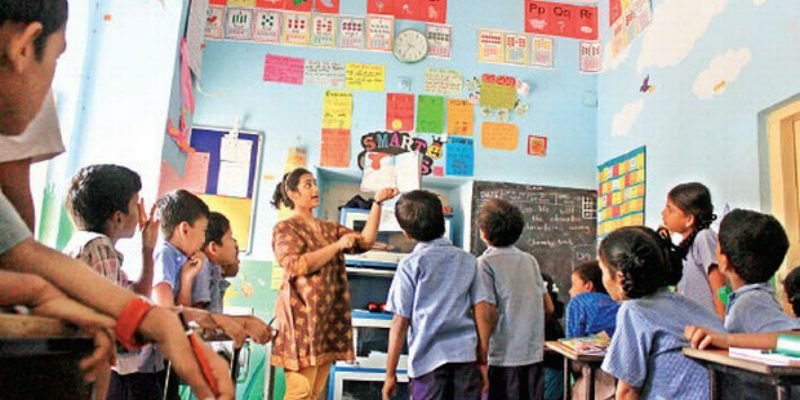
- Improving academic proficiency is no guarantee of future academic success. Schools must train children in emotional intelligence and other skills to overcome shortcomings in their education.
- In addition, we must integrate socio-emotional and vocational skills into education for all. The academic approach alone cannot work.
- If better quality schooling and stronger education-to-employment linkages are not implemented, developing countries will miss out on the benefits of a demographic dividend. Opening up such avenues of upward mobility will improve the social status of millions of underprivileged children. Schools must include relevant content and experiences to prepare today’s students for a future of increasing opportunity.
- The Indian education system needs support in developing foundational skills that are transferable, digital, and employability-oriented so they can empower young people to become engaged and productive citizens. Schools must provide meaningful content and experiences that prepare students to navigate uncertain, changing times.
Community development
- Unless students and their communities are thus holistically developed, they face the prospect of remaining mired in poverty.
- They need to work with parents from different backgrounds and have disparate skills to create the kind of socio-emotional learning that schools could design for their children. These challenges require a slower process than most reforms are willing or able to implement. Translating these values into educational and social policy is vital to protecting the Indian democratic way of life.
Emphasis on skilling and vocational training

Vocational education has always been considered second-rate compared to general education. As a cheaper alternative for expanding employment opportunities, vocational schooling is posed as the quickest route to get ahead in life.
As a result, vocational education has attracted more low-income students than it would if people aspired only to earn university degrees.
Skilling is not just limited to providing vocational training but also involves imparting knowledge on employability skills such as communication, behavioural changes, personality development etc. It will help employees become more productive at work and also help them gain more confidence in themselves and their work.
Child-centric education
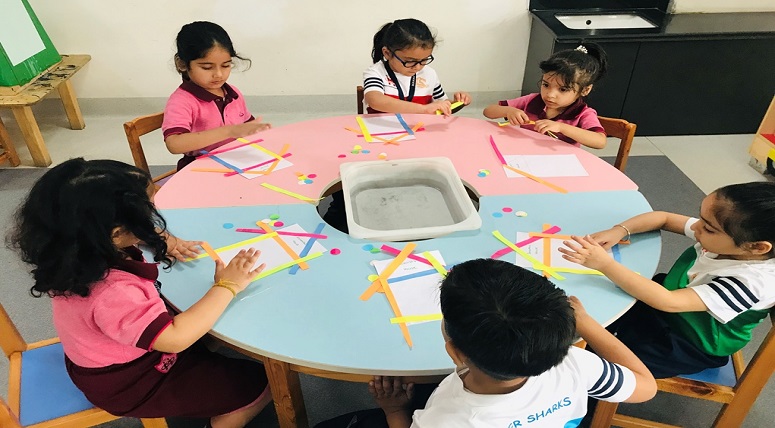
In a world where social mobility is increasingly difficult to achieve, education is the only way to improve your position in the social hierarchy. It is no secret that a good education can open doors to different opportunities and life experiences. It is especially true in the fast-paced world where technology has brought changes that were unimaginable a few decades ago.
There is a need for a child-centric approach at all levels in our educational system- from preschool to higher education institutions and vocational training institutes. Children should be given equal importance while teaching them about their rights or how they can develop physically, mentally and emotionally. A proper curriculum for children under six years old and emphasis on developing creativity and critical thinking skills is needed.
Challenges to social mobility
External factors
It is crucial to recognise the challenges to social mobility that arise from conditions in which individuals and society function—conditions external to policymaking but exert influence on it.
High costs
Even if students have access to quality early childhood programs, the rising costs lead them to drop out before completing their education.
Increased social gaps
Large gaps have opened up between social classes—due to the loss of jobs, higher costs of living and bleak prospects for overcoming such shocks. There is still no reliable count of how many individuals or families have fallen beyond repair into deeper cracks due to this pandemic.
Society should craft policies and take action aimed at lowering inequality for the already disadvantaged.
Conclusion
In this regard, it is critical to note that while India has made considerable progress in bridging inequality amongst its population (based on demographic factors such as religion, race and gender) over the last 65 years since independence, considerable gaps remain based on economic status. School education must usher in upward social mobility and create willing acceptance of new social orders that result from such effects.
The Indian education system has a long way to go before it promotes social mobility.
For any queries related to parenting, schooling, or any student-related tips, click here to check out our latest blogs.






